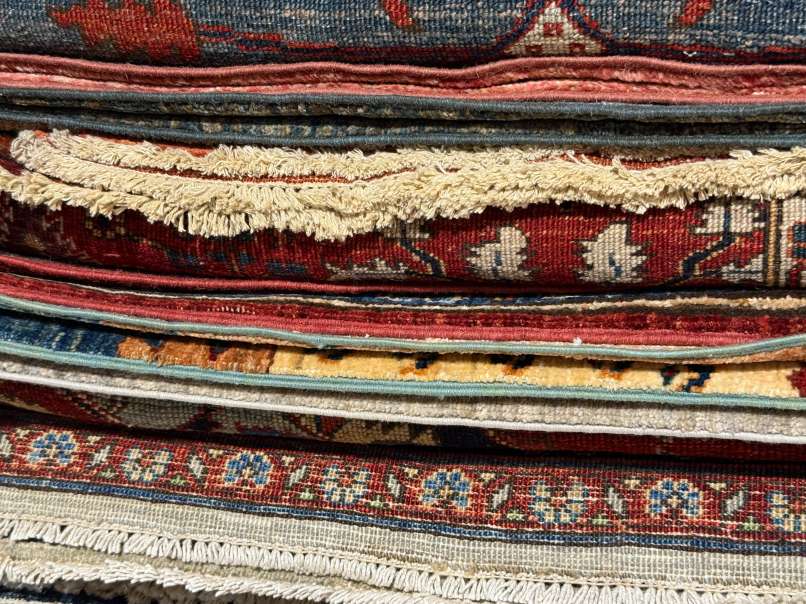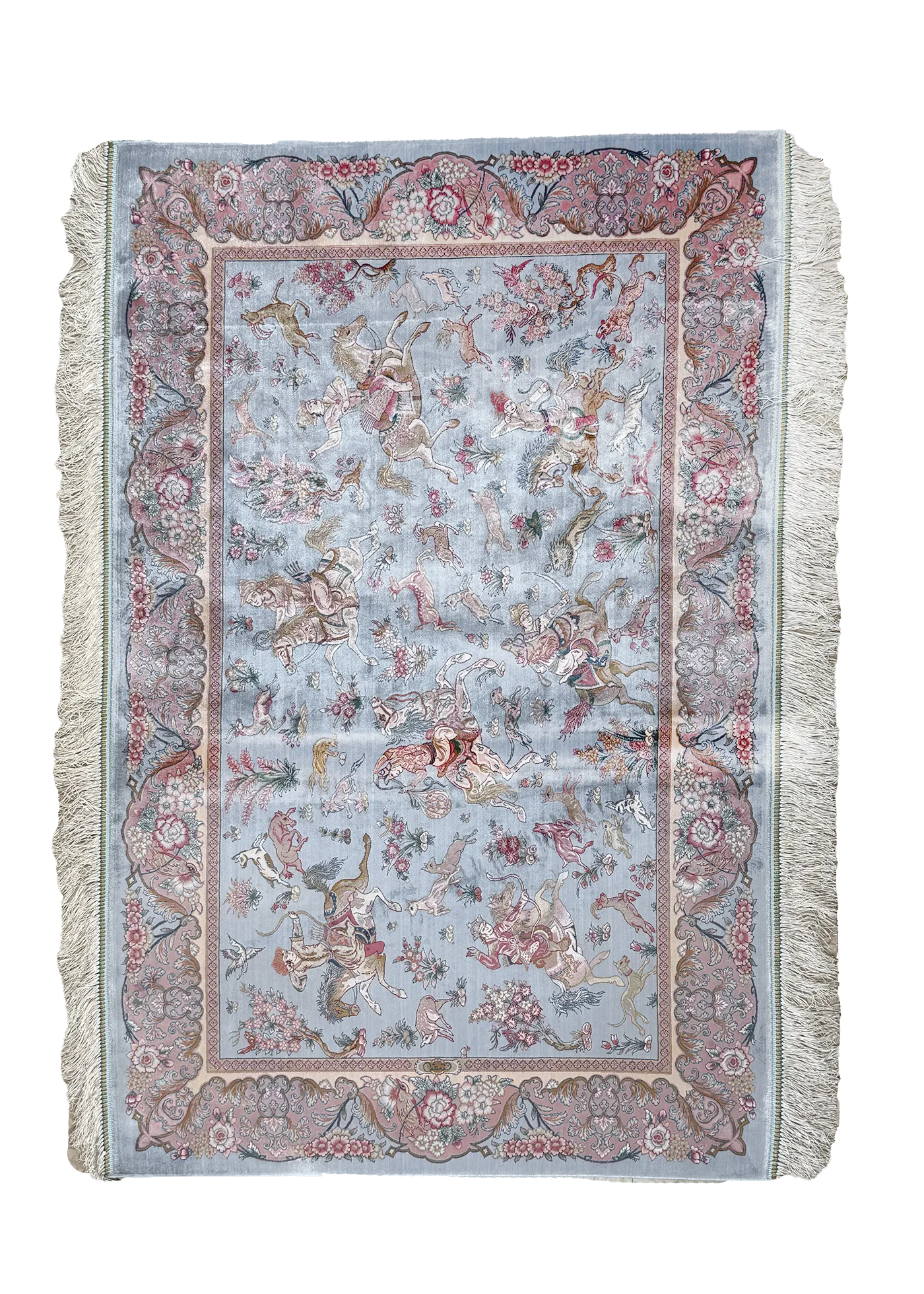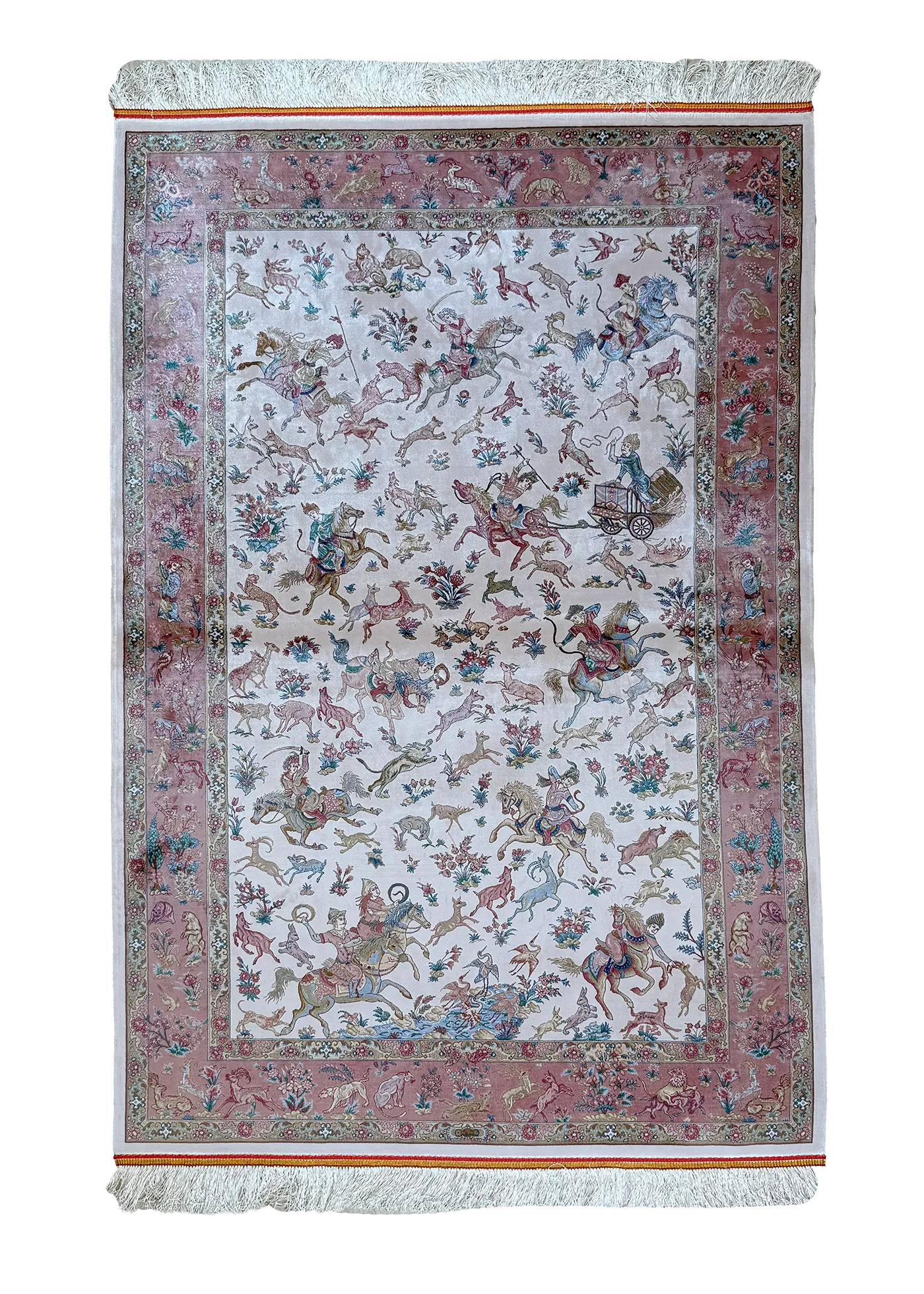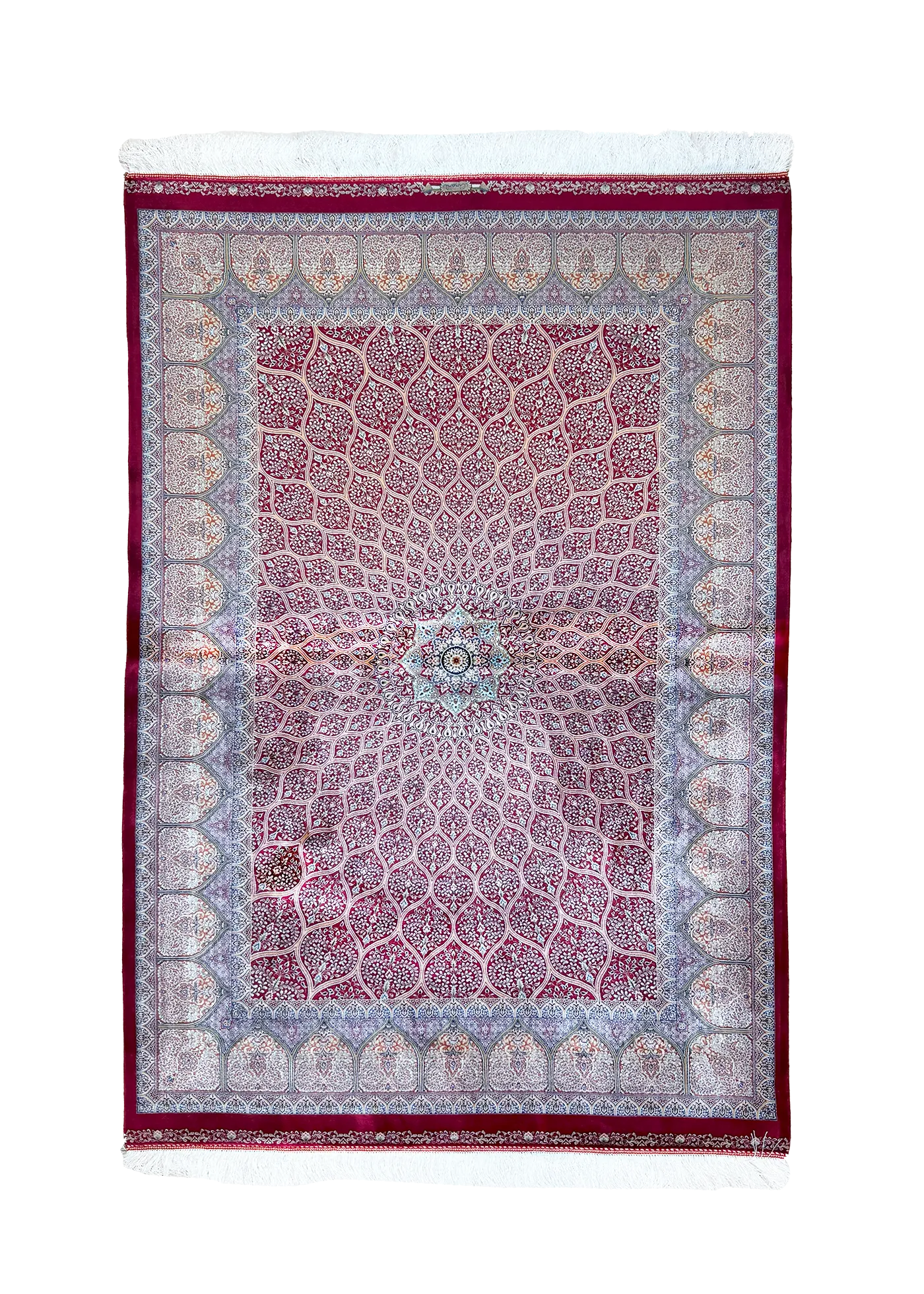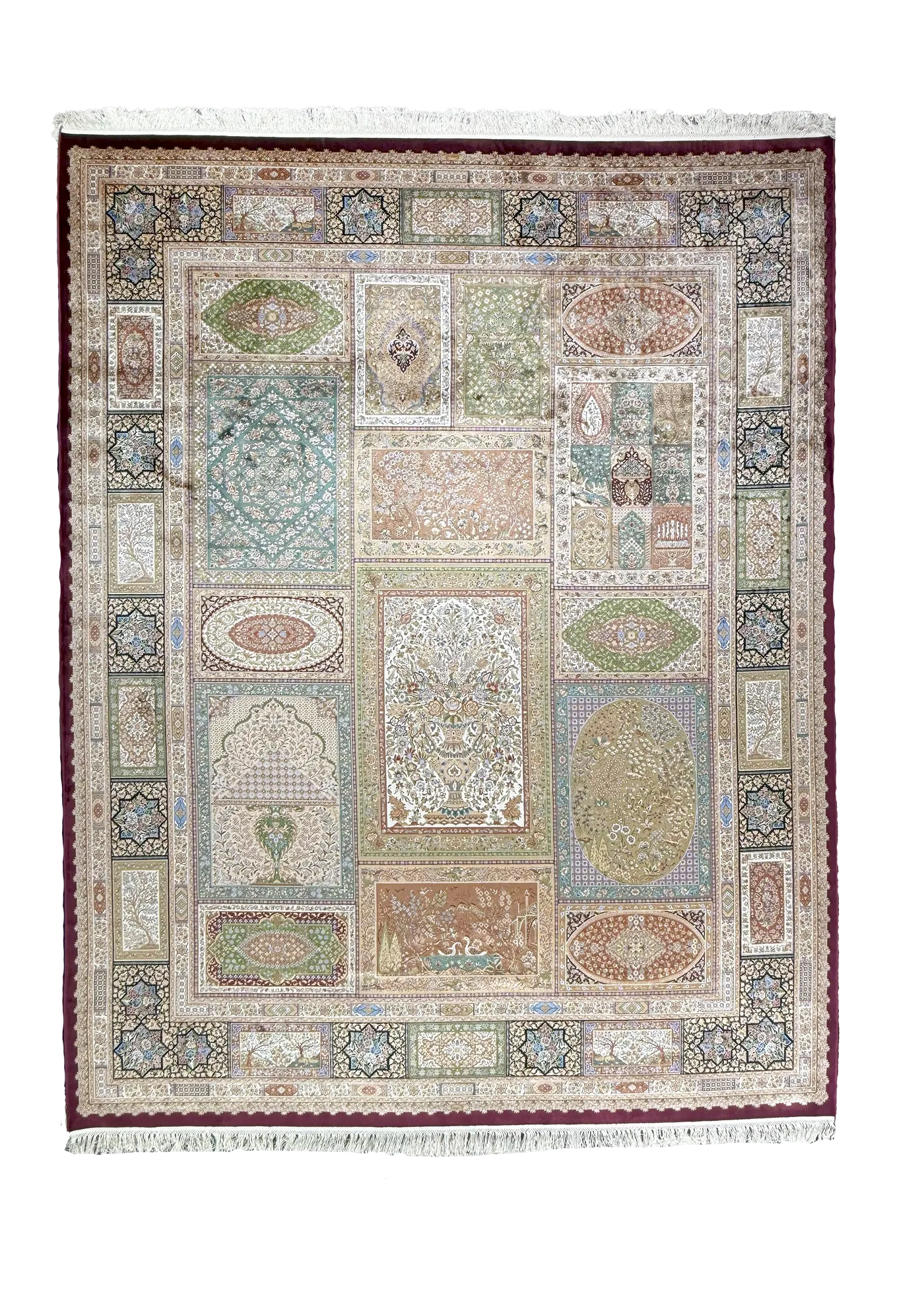A Complete Guide to Hand Knotted Persian Style Rugs
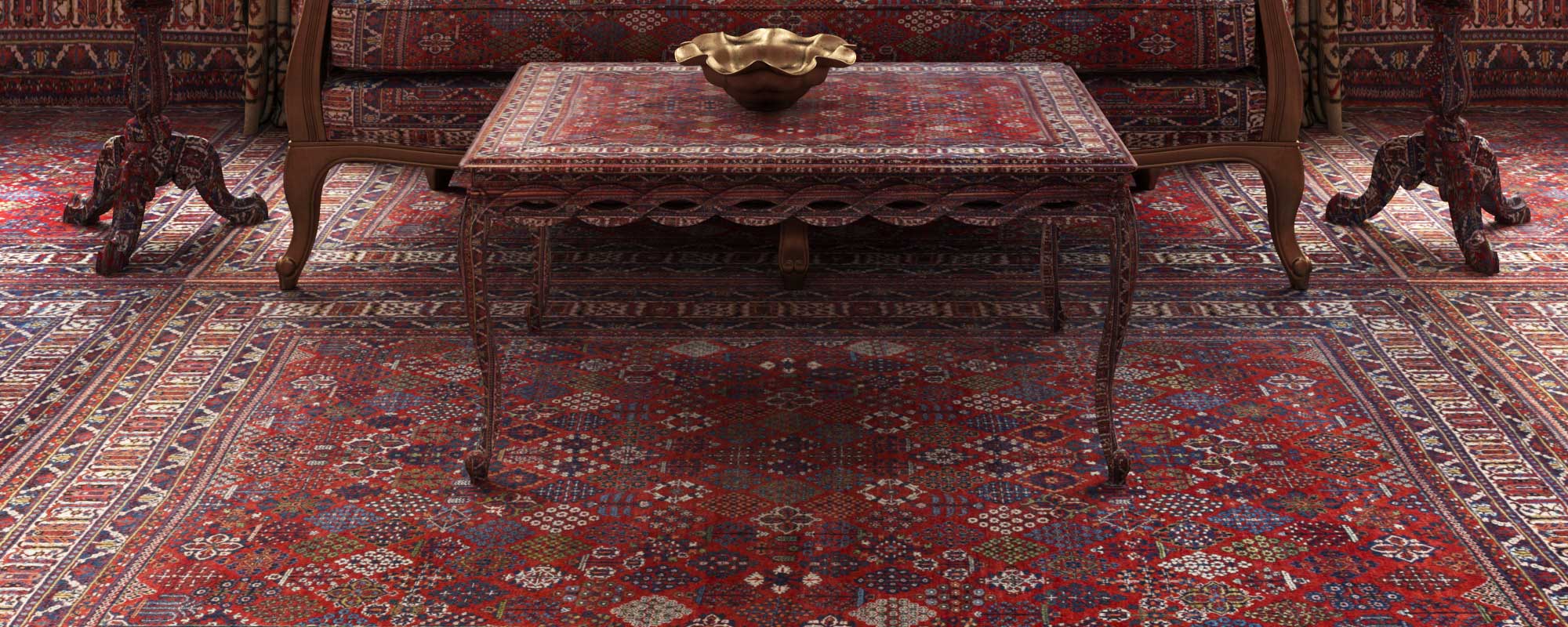
- 1 Blue Persian Rug Hunting Pattern 3 x 5
- 2 Introduction: A Complete Guide to Hand Knotted Persian Style Rugs
- 3 What Are Hand Knotted Rugs?
- 4 The Art of Crafting Hand Knotted Rugs
- 5 The Value and Benefits of Hand Knotted Rugs
- 6 Identifying Authentic Hand Knotted Rugs
- 7 Infographic: Crafting Journey of Hand Knotted Persian Style Rugs
- 8 Conclusion: A Complete Guide to Hand Knotted Persian Style Rugs
- 9 FAQ
Introduction: A Complete Guide to Hand Knotted Persian Style Rugs
Imagine stepping into a room where the floor tells a story. Colors dance underfoot, patterns whisper tales from distant lands, and every thread holds a piece of history. That’s the magic of hand knotted rugs, especially those inspired by Persian traditions. These pieces transform simple spaces into havens of elegance and warmth. If you’ve ever wondered what makes these rugs so special, you’re in the right place.
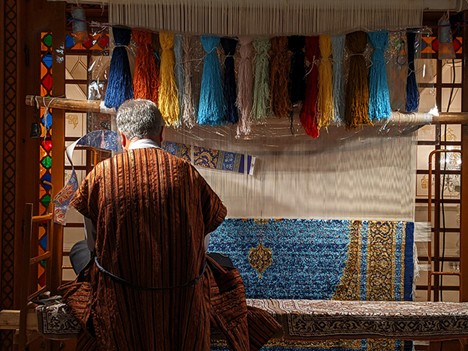
Craftsmanship in action. The creation of a beautiful Persian rug. Photo by Parham Moieni
This guide takes you on a journey through the world of hand knotted Persian style rugs. We explore their essence, the skill behind their creation, their lasting value, and how to spot the real deal. Whether you’re a curious newcomer or a seasoned admirer, you’ll find insights that spark appreciation. Hand knotted rugs blend art and function, offering beauty that endures generations.
At Afra Rugs, we celebrate this heritage through our collections that capture the spirit of these timeless designs. Think of adding a touch of tradition to your home – it starts with understanding what goes into these masterpieces. As we dive in, picture how a well-chosen rug ties a room together, much like a good story binds its listeners.
Hand knotted rugs stand out for their durability and intricate details. Artisans tie each knot by hand, creating textures that machine-made options can’t match. In Persian culture, these rugs often feature motifs like flowers, animals, and geometric shapes, each carrying symbolic meaning. A floral design might represent paradise, while geometric patterns evoke harmony.
This artistry dates back centuries, originating in regions where weaving became a way of life. Families pass down techniques, ensuring every rug carries a legacy. Today, Persian style rugs grace homes worldwide, blending old-world charm with modern appeal.
Our goal here is simple: arm you with knowledge so you appreciate these rugs fully. By the end, you’ll see why they hold such allure. And if inspiration strikes, consider exploring options that echo this tradition. Let’s begin with the basics.
What Are Hand Knotted Rugs?
Hand knotted rugs captivate with their handmade charm. Skilled weavers tie individual knots to form the pile, resulting in a dense, resilient surface. Unlike tufted or machine-woven rugs, these feature knots secured to a foundation of warp and weft threads.
The process begins with a loom setup. Vertical warp threads provide structure, while horizontal weft threads interlace to hold everything together. Weavers use wool, silk, or cotton for the knots, choosing materials based on desired texture and shine.
Persian style rugs often exemplify this technique. They hail from a tradition where rugs serve as both floor coverings and art pieces. Common types include pile rugs with a soft, raised surface and flatweaves like kilims, though hand knotted typically refers to the piled variety.
What sets them apart? The knot density, measured in knots per square inch (KPSI). Higher KPSI means finer detail and greater durability. A rug with 200 KPSI shows intricate patterns, while lower counts offer bolder looks.
Materials play a key role too. Wool provides warmth and resilience, silk adds luster, and cotton strengthens the base. In a silk Persian rug, the sheen enhances colors, making designs pop.
These rugs vary by region. Persian varieties feature curvilinear motifs, while Turkish ones lean geometric. Each reflects local culture, from nomadic tribes to urban workshops.
Owning one means embracing a piece of craftsmanship. They insulate floors, muffle sounds, and add visual interest. But beyond utility, they connect us to human skill in an automated world.
Weavers often dye yarns naturally, using plants and minerals for vibrant hues that age gracefully. Over time, colors mellow, adding character.
In essence, hand knotted rugs embody patience and precision. They invite touch, rewarding with texture that evolves. As you learn more, you’ll see why enthusiasts treasure them.
The Art of Crafting Hand Knotted Rugs
Artisans craft hand knotted rugs with dedication that borders on devotion. They start by designing the pattern, often on graph paper called a cartoon. This blueprint guides every knot.
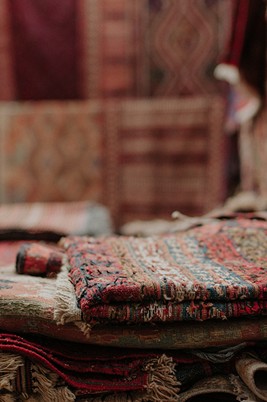
A stack of stories. These layered rugs, with their faded colors and intricate weaves, hold the history of every step they’ve seen. Photo by Juli Kosolapova
On the loom, weavers tie knots row by row. Two main types dominate: the asymmetrical Persian knot and the symmetrical Turkish knot. The Persian knot wraps around one warp thread and loosely around another, allowing finer details. Turkish knots encircle two warps evenly, creating sturdier rugs.
Tools are simple: a hook knife to pull yarn through, scissors to trim, and a comb to pack rows tight. Yet, the results stun with complexity.
Dyeing comes first. Natural dyes from indigo, madder root, or walnut shells yield rich tones. Synthetic dyes offer consistency, but many prefer naturals for their depth.
Weaving takes months or years. A large rug might require millions of knots. Families often collaborate, with children learning early.
In Persian style rugs, motifs tell stories. Medallions symbolize unity, borders frame like picture edges.
Here’s a list of key steps in crafting a silk Persian rug:
- Design Planning: Sketch patterns inspired by nature or geometry.
- Material Selection: Choose silk for sheen, wool for durability.
- Loom Setup: Stretch warp threads taut.
- Knotting: Tie knots meticulously, following the cartoon.
- Weft Insertion: Weave wefts to secure knots.
- Trimming and Washing: Cut pile even, wash to set colors.
- Finishing: Bind edges for longevity.
This process demands focus. Weavers work hours daily, their hands building beauty knot by knot.
Cultural significance shines through. In weaving communities, rugs mark milestones like weddings.
Modern twists include contemporary designs, but tradition holds strong. Crafters innovate while honoring roots.
The art lies in the human touch. No two rugs match exactly, each bearing the maker’s signature.
The Value and Benefits of Hand Knotted Rugs
Hand knotted rugs offer value that transcends decoration. They endure, often lasting decades or centuries with proper care. The tight knots resist wear, making them ideal for high-traffic areas.
Benefits include natural insulation. Wool traps heat in winter, cools in summer. They also absorb sound, reducing echoes in open spaces.
Aesthetically, they elevate rooms. Persian style rugs add sophistication, their patterns drawing eyes and sparking conversations.
From an environmental view, natural materials make them sustainable. Biodegradable fibers beat synthetic alternatives.
Their versatility shines. Use them on floors, walls, or as throws. They adapt to styles, from classic to eclectic.
Now, consider this table summarizing common patterns in Persian style rugs:
| Pattern Type | Description | Common Materials | Symbolic Meaning |
| Floral | Curving vines and blooms | Wool, silk | Paradise gardens |
| Geometric | Angles and shapes | Wool | Harmony and order |
| Medallion | Central focal point | Silk | Unity and focus |
| Herati | Diamond with flowers | Wool, cotton | Water and fish |
| Tree of Life | Branching trees | Silk | Eternal life |
Table: Popular Patterns in Hand Knotted Persian Style Rugs
This table highlights how designs carry deeper meanings, enhancing appeal.
Durability stems from construction. Knots don’t unravel easily, unlike glued tufting.
They age beautifully. Patina develops, colors soften, adding charm.
For collectors, rarity boosts value. Unique pieces from renowned regions hold cultural weight.
Benefits extend to health. Natural fibers resist allergens better than synthetics.
In summary, these rugs reward with longevity, beauty, and practicality. They enrich lives, one knot at a time.
Identifying Authentic Hand Knotted Rugs
Spotting authentic hand knotted rugs requires keen eyes. Start by flipping the rug over. Look for individual knots on the back – they appear irregular, not uniform like machine-made.
Fringe tells tales. In genuine pieces, fringe extends from warp threads, integral to structure. Attached fringe signals fakes.
Feel the texture. Hand knotted rugs flex easily, pile springs back. Machines produce stiffer results.
Check knot density. Count knots in a square inch; higher numbers indicate quality.
Patterns should align front to back. Imperfections show human hands at work – perfect symmetry suggests machines.
Labels help, but verify claims. Reputable sellers provide origins.
For silk Persian rug authenticity, test shine. Real silk gleams softly, changes hue with light.
Avoid deals too good. Quality takes time, reflected in cost.
Examine dyes. Natural ones bleed slightly when rubbed with damp cloth; synthetics don’t.
Edges matter. Hand-sewn bindings last longer.
By knowing these signs, you choose wisely, ensuring your rug brings joy for years.
Infographic: Crafting Journey of Hand Knotted Persian Style Rugs
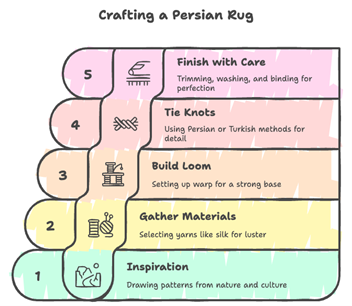
Infographic by Afra Rugs
- Start with inspiration: Patterns drawn from nature and culture.
- Gather materials: Select yarns like silk for luster.
- Build the loom: Set up warp for a strong base.
- Tie the knots: Use Persian or Turkish methods for detail.
- Finish with care: Trim, wash, and bind for perfection.
Conclusion: A Complete Guide to Hand Knotted Persian Style Rugs
In wrapping up this guide, remember hand knotted rugs weave history, art, and function into every fiber. From their meticulous creation to enduring benefits, they stand as testaments to human ingenuity. Whether admiring patterns or feeling textures, these pieces invite deeper connection.
If this sparks your interest, explore our Traditional Persian Rugs Collection for designs that echo this timeless appeal. Let a rug bring that story to your space – it’s more than decor; it’s a legacy.
Another gentle nudge: Dive into options that capture this essence in our Traditional Persian Rugs Collection. You’ll find pieces ready to transform your home.
FAQ
- What defines hand knotted Persian style rugs?
Hand knotted Persian style rugs feature individual knots tied by artisans, creating durable, detailed pieces. They draw from Persian traditions with motifs like florals and medallions.
- How long does it take to make a silk Persian rug?
Crafting a silk Persian rug can take months to years, depending on size and complexity. Weavers tie thousands of knots daily, building the rug row by row.
- Are hand-knotted rugs easy to maintain?
Yes, they clean up well. Vacuum regularly, spot clean spills quickly, and professional cleaning every few years keeps them fresh.
- What materials suit hand knotted rugs best?
Wool offers durability, silk provides shine, and cotton strengthens foundations. Blends combine benefits.
- Why choose hand knotted over machine-made?
Hand knotted rugs last longer, feel better, and carry unique artistry that machines can’t replicate.

